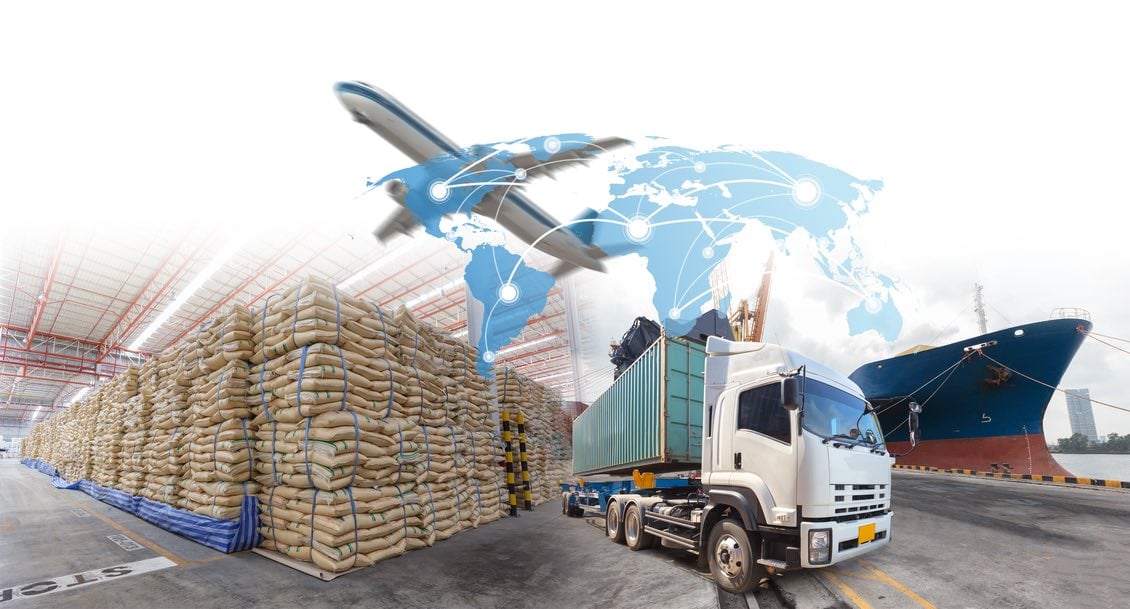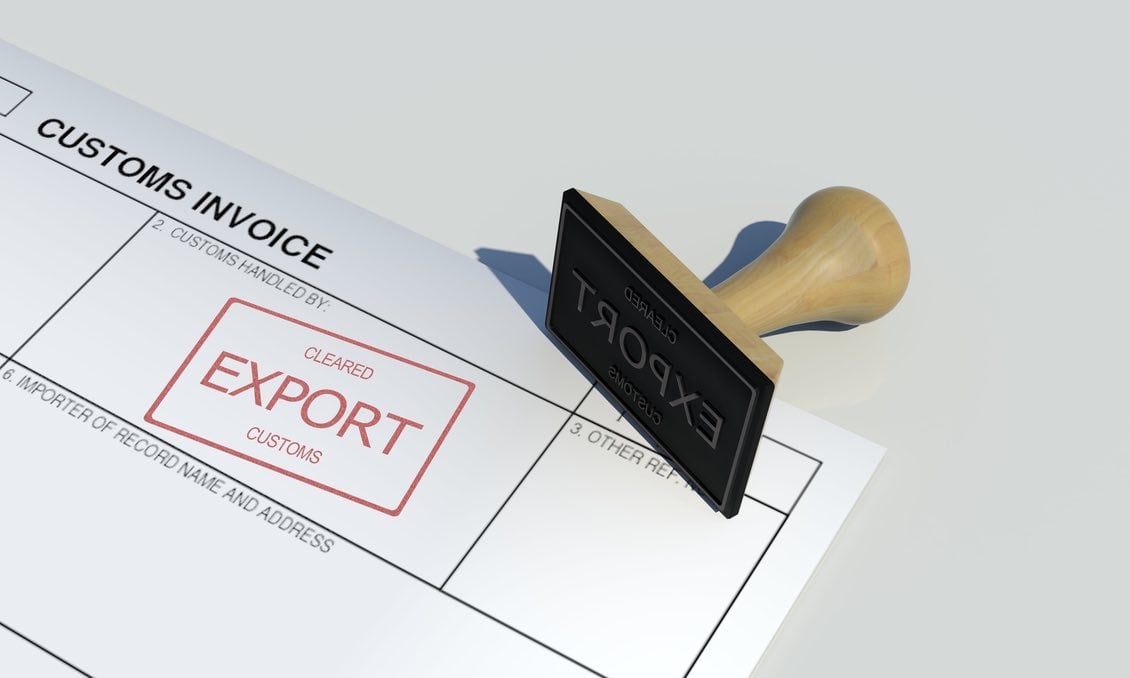Navigating International Shipping: A Comprehensive Guide

You ship your products in Canada and would like to expand abroad? Perhaps the thought of it makes you nervous.
Customs clearance, freight charges, delivery network, regulations and carriers in other countries… So many things to think of and be prepared for if you are to compete in the international marketplace.
Here are a few tips and references to help you grow your business by delivering your products abroad.
MAKE SURE YOUR PRODUCTS CAN BE EXPORTED
First off, check with the Canada Border Services Agency to ensure your products are permitted to be exported from Canada and whether these goods are allowed entry into the destination country.
Transportation regulations and the types of goods permitted to cross borders vary from one country to another. You must verify import laws in the country you are hoping to expand to.
To help you do this, you can consult the Canada Post website which lists prohibited or restricted items by country and provides links to the websites of each jurisdiction’s customs authority for more information. As the Canada Post website says: “The Customs Department holds the list of commodities and areas that are under control and/or require an import license.”
Of course, animal and food products as well as hazardous materials are subject to controls and specific export regulation, but some products that may not seem to pose a risk firsthand – such as dog collars, piggy banks, second-hand clothes, shoes, and even some comic books – may be subject to controls in certain countries. It is worth investing the time to look into the rules and regulations of each country you would like to expand to.
CHOOSE YOUR CARRIER CAREFULLY
Carriers play an important role in the growth of your business, so take your time and choose carefully! Ask for quotes and make clear your expectations.
Here are the aspects you need to check with carriers before selecting the one who will deliver your precious goods abroad:
- Geographic coverage: check each carrier’s geographic coverage to make sure they can ship to your target destination. Understand that in some countries, delivery to locations far from large urban centers can be subject to a premium.
- Delivery costs and extras
- Fuel surcharges in the event of an express delivery for example
- Availability and working days (and weekends) in the target country
- Delivery time according to the destination (and according to working days)
- Parcel tracking and visibility enabled (recipient’s signature, etc.) from the start to final delivery
- Parcel pick-up options (post office, workplace, home, postal box, etc.) in the target country
- Insurance coverage for valuable goods (find out more on our blog with the article Should I Pay for Shipping Insurance?)

|
CUSTOMS DUTIES AND TAXES
Parcels sent abroad are subject to duties and taxes by the destination country in order to protect local businesses from outside competition and generate revenue for the country.

However, some goods may be exempt from duties and taxes if the value is inferior to a certain amount determined by the importing country. In the European Union (EU), for example, goods up to 22 euros in value are exempt from fees. For goods valued between 22 and 150 euros, the VAT (Value Added Tax) is payable, but the goods are duty-free.
Conditions for exemption vary from one country to another. VAT rules are harmonized for the EU but its application can vary in each individual country.
As for trade in North America, the new Canada-United States-Mexico Agreement (CUSMA) signed on November 30, 2018 on the margins of the G20 Leader’s Summit, replacing the NAFTA (North American Free Trade Agreement), introduces some changes (in French) – the minimis thresholds and not imposing customs duties on goods purchased online.
|
Whether you export in North America, in Europe or anywhere else in the world, it is your responsibility to be familiar with customs duties and taxes applicable in the country you want to export to and to take those into account when determining your shipping fees and delivery times.
Duties and taxes vary from one country to another based on the value and description of the goods, its usage, country of origin, any trade agreements in place between countries, and the Harmonized System (HS) code, as determined by the World Customs Organization*. *This code is used to classify traded goods using a standardized system of names and numbers.
|
Different customs documents are also required depending on the destination country, the type products shipped, the value of the parcel and the shipping method.
In any case, if you use a commercial carrier, you will need to supply a commercial invoice with a detailed description of the goods (type of products and materials), the HS code (mentioned above), the country of origin (which may allow you to benefit from trade agreements), and contact information for both parties (shipper and receiver).
Regardless of the forms, fill them out as completely as possible to facilitate customs clearance for your goods and ensure your customers receive the products within the expected timeline.
- A professional carrier should be able to assist you through the procedures with regards to duties and taxes, as well as the required paperwork.
For more information, use the below resources:
Sources and references to be prepared to export outside Canada:
|
Finally, you can rest assured that as for all your shipments in Canada, the US, and in more than 80 countries, Buster Fetcher is there to track all your deliveries and make sure you get all the reimbursements you are entitled to, which will leave you with more time to plan your global expansion!


